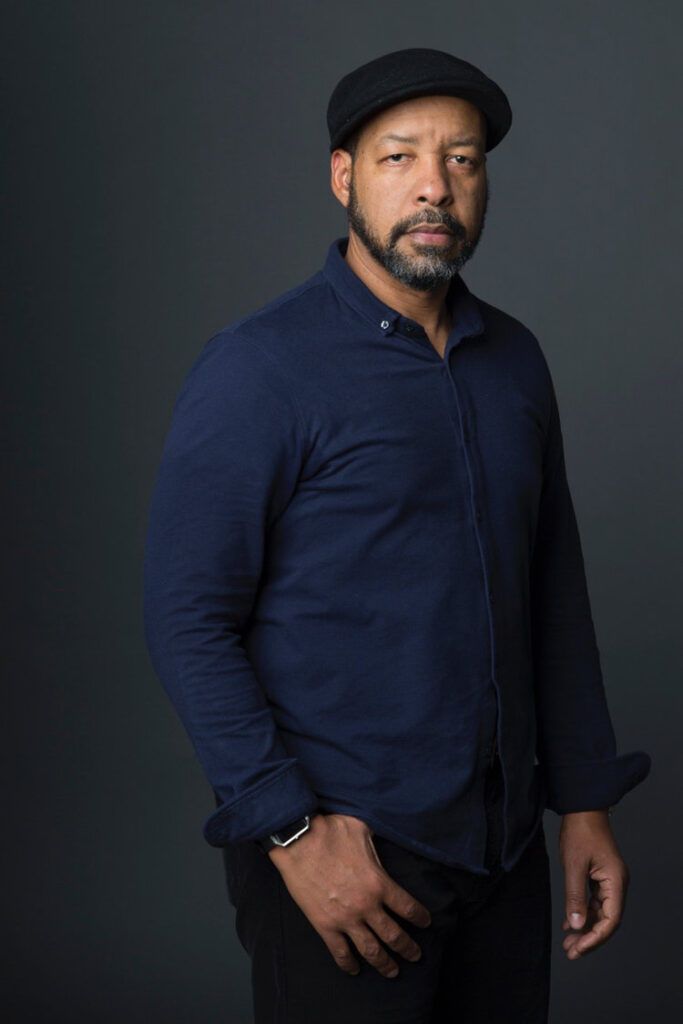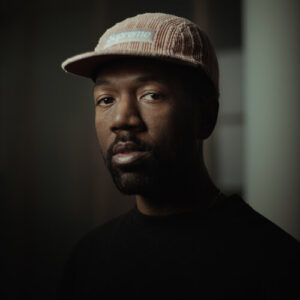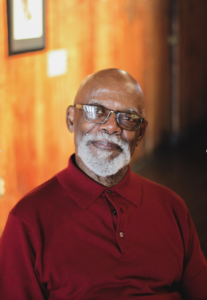I am most interested in the intersections of masculinity, familial relations, and the artistic and intellectual pursuits of black culture, particular as this culture intersects with and informs the larger culture. Through photography, video, and dance/performance, I seek to investigate and question the norms and customs that govern our understanding of each other, our families, and the myriad of societal struggles and triumphs. I studied fashion, house music and dance club culture before receiving a MFA in Photography at Columbia College Chicago, where I currently serve as an adjunct professor and a teaching artist at the Center for Community Arts Partnership at Columbia College Chicago.
My work has been exhibited both nationally and internationally, with works in the permanent collection of The Cleveland Museum of Art, Chicago Bank of America LaSalle Collection, and Museum of Contemporary Photography. I was awarded the: Joyce Foundation Midwest Voices & Visions Award, the Artadia Award, The Swiss Benevolent Society, Lucerne, Switzerland Residency and the 3Arts Teaching Artist Award. I participated in Light Work’s Artist-in-Residence program in July 2013. In 2016 the first edition of my monograph In The Company of Black was published and was shortlisted by the Aperture Foundation for the 2017 First PhotoBook Award.
Cecil is currently a SSCAC Artist Catalyst as part of the Public Art & Civic Engagement(PACE) Capacity Building Initiative grant from the Mural Arts Institute, a program of Mural Arts Philadelphia.






